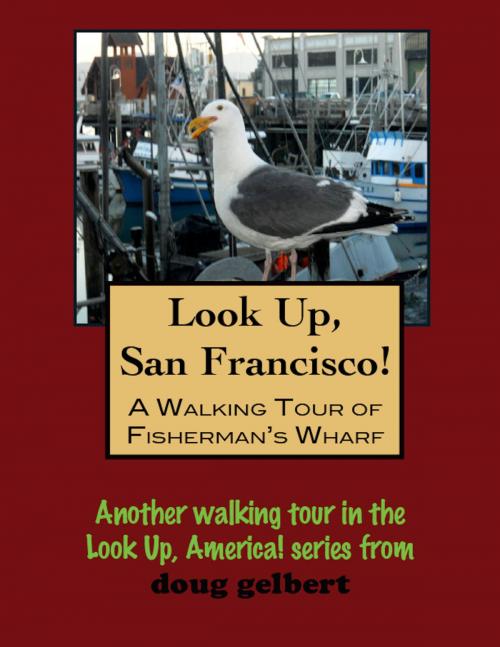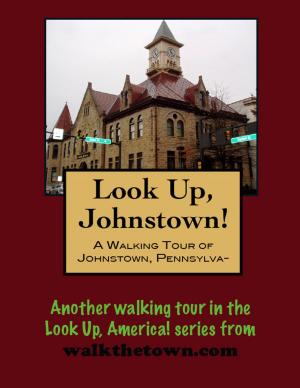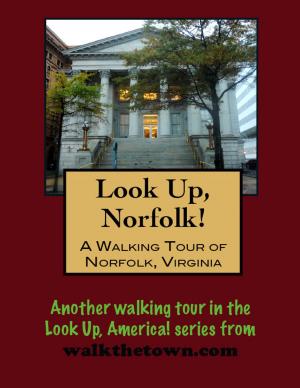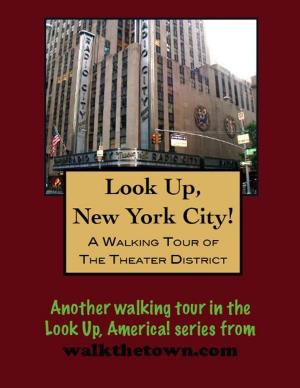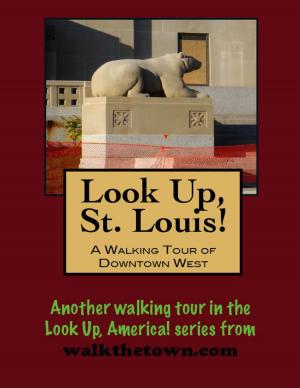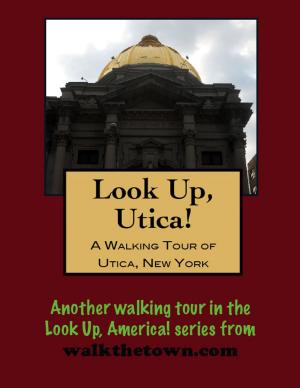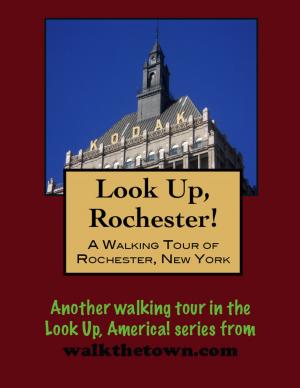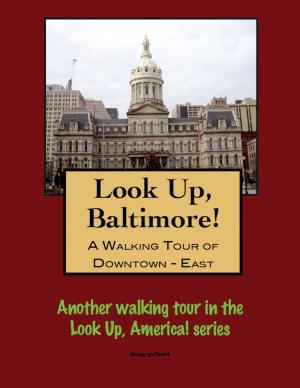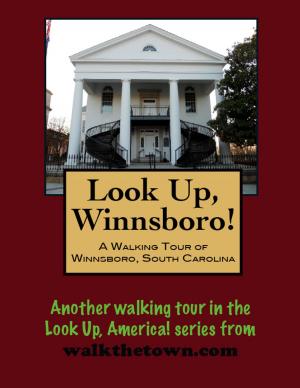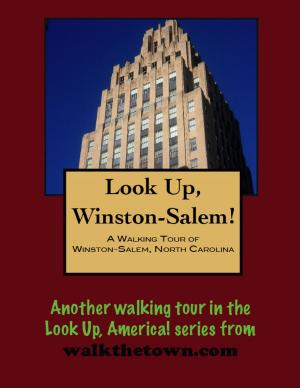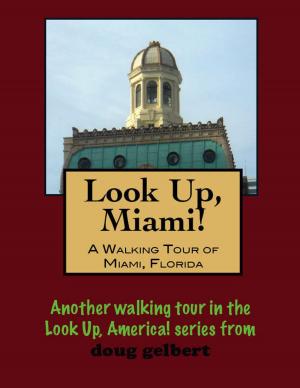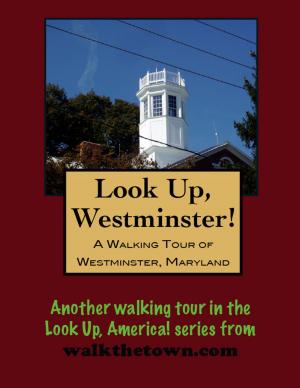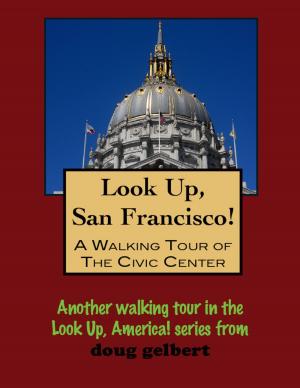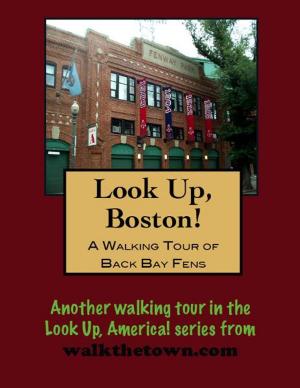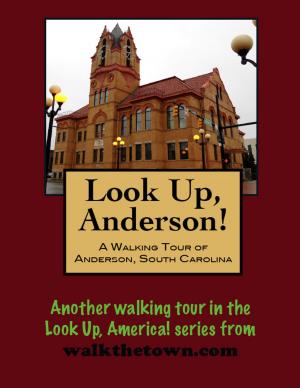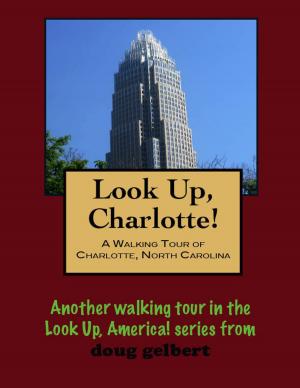Look Up, San Francisco! A Walking Tour of Fisherman's Wharf
Nonfiction, Travel, United States, West, History, Americas| Author: | Doug Gelbert | ISBN: | 9781476355030 |
| Publisher: | Doug Gelbert | Publication: | June 22, 2012 |
| Imprint: | Smashwords Edition | Language: | English |
| Author: | Doug Gelbert |
| ISBN: | 9781476355030 |
| Publisher: | Doug Gelbert |
| Publication: | June 22, 2012 |
| Imprint: | Smashwords Edition |
| Language: | English |
There is no better way to see America than on foot. And there is no better way to appreciate what you are looking at than with a walking tour. Whether you are preparing for a road trip or just out to look at your own town in a new way, a downloadable walking tour from walkthetown.com is ready to explore when you are.
Each walking tour describes historical and architectural landmarks and provides pictures to help out when those pesky street addresses are missing. Every tour also includes a quick primer on identifying architectural styles seen on American streets.
Today Fisherman’s Wharf is one of the busiest and well-known tourist destinations in the United States, packed with seafood restaurants, shops, sidewalk entertainment and dockside attractions. But this element has only defined Fisherman’s Wharf for a few decades. Also here is an active fishing fleet that has been the lifeblood of San Francisco’s northern shore for the better part of a century-and-a-half.
Immigrants from Genoa and Sicily pioneered the San Francisco fishing industry in small, sail-powered craft called feluccas. The bay was stuffed with these traditional Italian fishing vessels until the end of the 1800s when they began to be replaced with hardier, more modern fishing boats with motors that permitted year-round fishing. When they brought their catch to the docks often they would drop fresh seafood directly into boiling cauldrons for diners. Later came fish stands and then it-down restaurants. Some of the fleets operating out of Fisherman’s Wharf are manned by third- and fourth-generation family fishermen.
The prize quarry for Fisherman’s Wharf fishermen is the Dungeness crab that takes its name from the port of Dungeness, Washington and is the West Coast’s most commercially important crustacean. A century ago the Dungeness crab, which can grow 8-10 inches across, was gathered in abundance on the sandy shores around San Francisco Bay but over the years as its natural food, clams, disappeared from the Bay and the crab has migrated into deeper ocean waters. Today crab season does not open until November with an eagerly anticipated celebration along Fisherman’s Wharf.
But there is plenty to see on Fisherman’s Wharf any time of year. Our walking tour will begin at the eastern end of the wharf district and work our way west, towards the Golden Gate, hugging the historic waterfront as we go...
There is no better way to see America than on foot. And there is no better way to appreciate what you are looking at than with a walking tour. Whether you are preparing for a road trip or just out to look at your own town in a new way, a downloadable walking tour from walkthetown.com is ready to explore when you are.
Each walking tour describes historical and architectural landmarks and provides pictures to help out when those pesky street addresses are missing. Every tour also includes a quick primer on identifying architectural styles seen on American streets.
Today Fisherman’s Wharf is one of the busiest and well-known tourist destinations in the United States, packed with seafood restaurants, shops, sidewalk entertainment and dockside attractions. But this element has only defined Fisherman’s Wharf for a few decades. Also here is an active fishing fleet that has been the lifeblood of San Francisco’s northern shore for the better part of a century-and-a-half.
Immigrants from Genoa and Sicily pioneered the San Francisco fishing industry in small, sail-powered craft called feluccas. The bay was stuffed with these traditional Italian fishing vessels until the end of the 1800s when they began to be replaced with hardier, more modern fishing boats with motors that permitted year-round fishing. When they brought their catch to the docks often they would drop fresh seafood directly into boiling cauldrons for diners. Later came fish stands and then it-down restaurants. Some of the fleets operating out of Fisherman’s Wharf are manned by third- and fourth-generation family fishermen.
The prize quarry for Fisherman’s Wharf fishermen is the Dungeness crab that takes its name from the port of Dungeness, Washington and is the West Coast’s most commercially important crustacean. A century ago the Dungeness crab, which can grow 8-10 inches across, was gathered in abundance on the sandy shores around San Francisco Bay but over the years as its natural food, clams, disappeared from the Bay and the crab has migrated into deeper ocean waters. Today crab season does not open until November with an eagerly anticipated celebration along Fisherman’s Wharf.
But there is plenty to see on Fisherman’s Wharf any time of year. Our walking tour will begin at the eastern end of the wharf district and work our way west, towards the Golden Gate, hugging the historic waterfront as we go...
